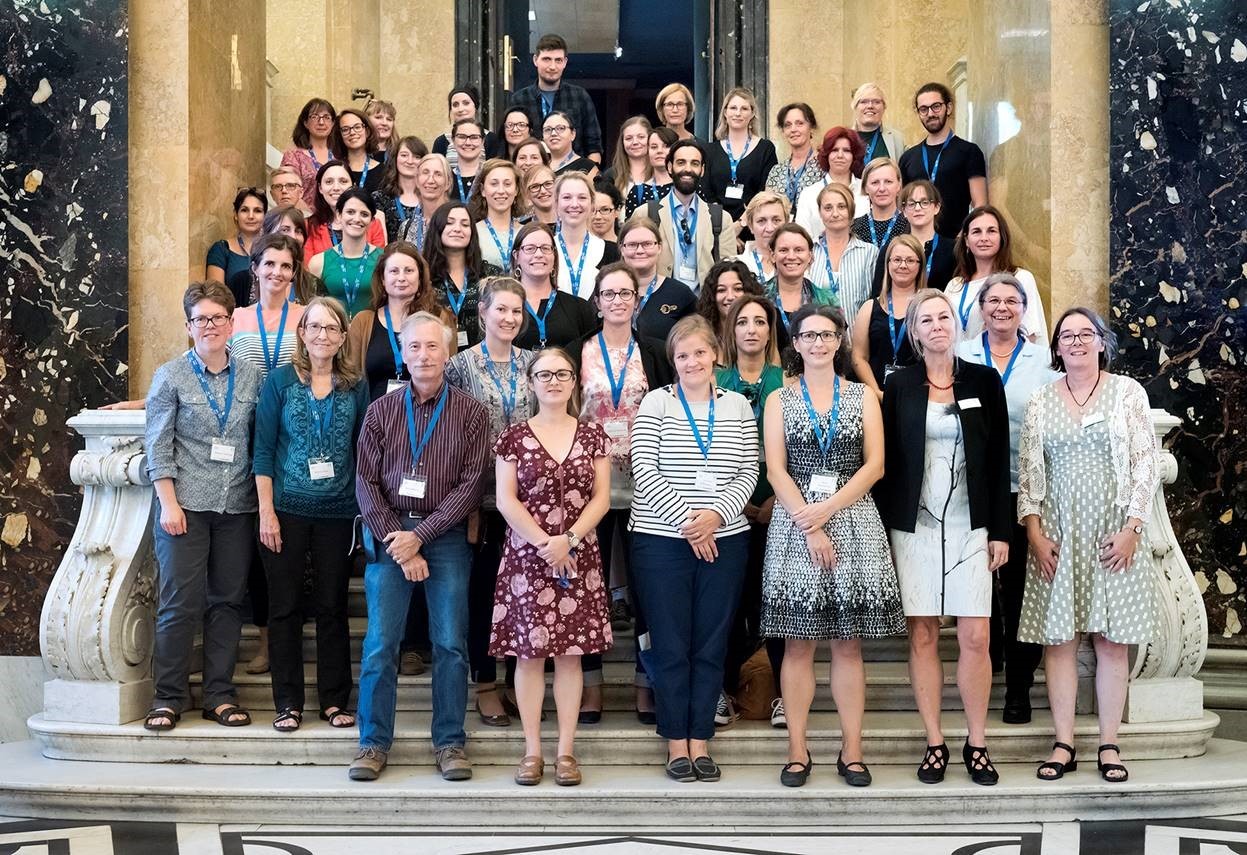by Lucie Vélová (National Museum, Prague, lucie_velova@nm.cz)
The 11th Annual International Conference of the Society for the Study of Childhood in the Past (SSCIP) focussing on ‘Pregnancy, birth, early infancy and childhood: life’s greatest transitions in the past’ was held at the Natural History Museum in Vienna. The themed session emerged from the ERC project ‘The Value of mothers to society: responses to motherhood and child rearing practices in prehistoric Europe’ led by Katharina Rebay-Salisbury at the Institute of Oriental and European Archaeology of the Austrian Academy of Sciences. The conference was therefore jointly organised by ÖAW OREA with the Department of Anthropology of the Natural History Museum.
The rich program consisted of almost 30 contributions (program and abstracts of the conference are available online at the ÖAW OREA) and was attended by more than 60 scholars, especially from Europe but also from Canada and the United States. Contributions were presented in chronological order from the Palaeolithic to the 19th century. The majority of the presentations within the first two days dealt with European pre- and protohistory with a focus on the recognition of developmental stages in particular cultures and regions on the basis of the burial record. The papers based on written sources (about Ancient Mesopotamia or Mycenae), iconographic sources (about child´s play depicted on Greek choes) and oseological themes (e. g. obstetric dilemmas among urban Romano-British females) were particularly insightful.
The Annual General Meeting of the Society for the Study of Childhood in the Past was held at the end of the second day. The Society for the Study of Childhood in the Past, founded in 2007 in England, is an interdisciplinary society to promote all aspects of the study of childhood in the past. Childhood in the past is a new and growing discipline, incorporating archaeology, anthropology, history, art history, sociology, psychology and many other studies. The range is global and so is the chronology, which runs from the beginning of human society to last week.
The society has a Journal, Childhood in the Past, an annual International Conference, and a Monograph Series. Member support includes research in the discipline, graduate studies and related events with small grants. Membership of the Society brings with it a copy of the Society’s journal, reduced fees for the annual conference, and an introduction to a world-wide community of researchers in this growing field of study.
Presentations during the last day concerned the Modern Period and expanded on further aspects of recent research into children and childhood, e. g. education in industrial England, childhood and slavery in the American South, teaching children about mortality in 19th century America and the testimony of poorhouses. The conference was completed by a ‘behind the scenes’ tour of the Natural History Museum in Vienna, in which the Department of Anthropology and the Department of Prehistory presented their treasures closed to the public.
The aim of conference - to bring together scholars across multiple disciplines, stimulate discussions and foster collaboration between participants - was fulfilled. The conference venue successfully attracted scholars from Central and Eastern Europe to participate. However, a lack of consistent terminology across all presentations was noted. Achieving a general consensus in defining and using age categories will be a priority for SSCIP. The next SSCIP conference will take place in Lincoln in 2019.

Delegates at the 11th Annual International Conference of the Society for the Study of Childhood in the Past in Vienna (photo: W. Reichmann, NHM Vienna)
Go back to top